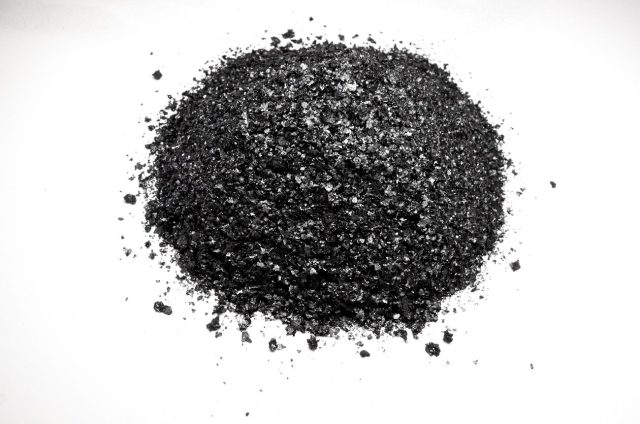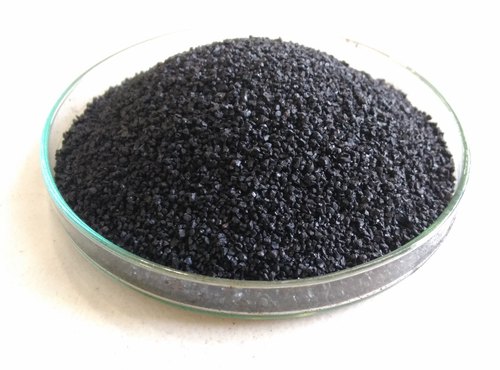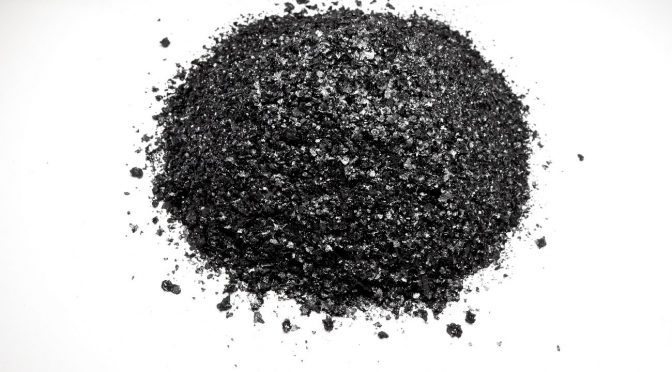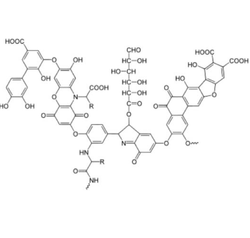With the advancement of agricultural technology, potassium humate has become a relatively common product in the market, so do you really understand potassium humate?
Whether potassium humate is organic fertilizer or chemical fertilizer is a common problem. Next, Xiaobian will introduce you to the function of potassium humate as organic fertilizer or chemical fertilizer and potassium humate to help you better use potassium humate.
Is potassium humate an organic fertilizer or a fertilizer?
Potassium humate is a high-efficiency organic potash because humic acid is a biologically active preparation that increases soil available potassium content, reduces potassium loss and fixation, increases potassium uptake and utilization by crops, and improves soil.
To promote crop growth, improve crop resilience, improve crop quality, and protect agricultural ecological environment; potassium humate can be mixed with urea, phosphate fertilizer, potassium fertilizer, trace elements, etc., and can be made into high-efficiency multi-functional compound fertilizer; Potassium humate can also be used as a treatment agent for petroleum drilling fluids, mainly to prevent the collapse of the well wall. Humic acid and its products have many uses.
In agriculture, humic acid fertilizers (such as ammonium humic acid fertilizers can be made by neutralizing humic acid with ammonia) in combination with nitrogen, phosphorus, potassium and other elements, with fertilizers to enhance efficiency, improve soil, stimulate crop growth, Improve the quality of agricultural products and other functions.
Potassium humate
- Potassium humate improves soil aggregate structure and improves soil water retention and fertilizer retention capacity.
- Potassium humate stimulates root growth of crops and enhances crop root adhesion and nutrient uptake capacity.
- Potassium humate shortens the maturity of the crop and allows the crop to mature for about ten days. Promote the increase of melon and fruit crops, and increase the yield by more than 10%.
- Potassium humate prolongs the fresh-keeping period and picking period of fruits and vegetables, prevents falling flowers and fruit drop, increases the sugar content of fruits, and improves fruit quality.




